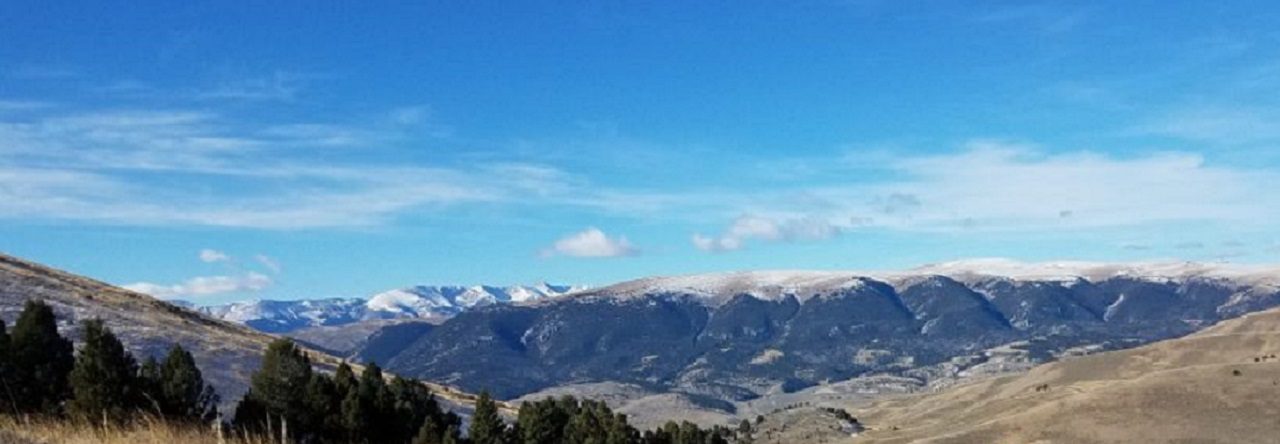Hikers and backpacker use their feet as a primary mode of travel. Despite all physical conditioning and preparation, unhappy feet will fail you and can make a great trip into a torturous experience. My son and I were invited as “seasoned hikers” to backpack with a Florida youth group one year. The group was new and had set a goal of hiking 50 miles in the Ocala National Forest their first year. While my son and I may have had slightly more experienced at the time, this was our first real long distance trek. The group had been planning and conditioning the boys for months, menus were planned, and then we were off! Well, despite the best laid plans, we encountered many issues from giant squirrels tearing into backpacks to get at food, and hiking through clear cut portions of forest under the heat of Florida’s summer sun, to starting at the wrong trail head. It’s the little things which make a trip memorable.
What had been planned as an adventurous week long trip ground into a miserable hike as we were just trying to get to the next water stop. To make a long sad story short, many of us ended up with larger than quarter size blisters on our feet. At the time I attributed the blisters to poor shoes and poor conditioning on my part. However with hundreds of trail miles now under me since, I can confidently tell you the problem was cotton socks (who wears wool socks in Florida!?). I remember at the end of each day my feet were wet from sweat. The cotton socks simply did not move the moisture away from my feet and the result was some pretty impressive blisters.
Your feet can sweat 1-2 pints a day, imagine pouring a 20 ounce bottle of water into each boot and then going for a long walk. If you can’t get the moisture away from and out of your boot, your feet will likely blister. It’s pretty much that simple. Cotton does wick moisture, however it does not release it well. Cotton clothing and socks will hold wetness against the skin. Wet skin under pressure will shear or tear and blister. Wet feet will also tend to get colder quicker and in cooler weather, hasten hypothermia..
Today’s wool, synthetics, and wool blended synthetics are amazing in their ability to keep your feet dry and happy. Some people will spend a lot of time looking for a great boot or shoe, but then short change themselves with cheap socks. When shopping for hiking socks, take a close look at what they are made from. Socks with any cotton – pass them up. Move on to the next ones. You should look for either 100% wool, a wool blended with some kind of synthetics or 100% synthetics. If you don’t like the typical itchiness feel of wool, try Merino wool. It’s a finer grade of wool and is less scratchy. Synthetics such as nylon and polyester, or made with CoolMax, Olefin, or Hollofil help disperse blister-causing perspiration and keep your feet drier and cooler. Consider socks that are padded in high impact areas, like the heel and toe, especially if you have a heavy foot strike or are prone to blisters in these areas. Pick out socks that have a tighter weave in the middle of the foot. This provides support and helps prevent slippage. Make sure you buy the correct size. This prevents bunching and slipping and the resulting blisters.
A great pair of hiking socks will wick away sweat, cushion impact, and protect against shearing forces especially at the heel, ball of the foot, and toes. Proper hiking socks are extremely important to your overall comfort and trip satisfaction. Leave the cotton for home wear or sock puppets. Take care of your feet like you depend on them to make it home, because you do.
Like this:
Like Loading...










